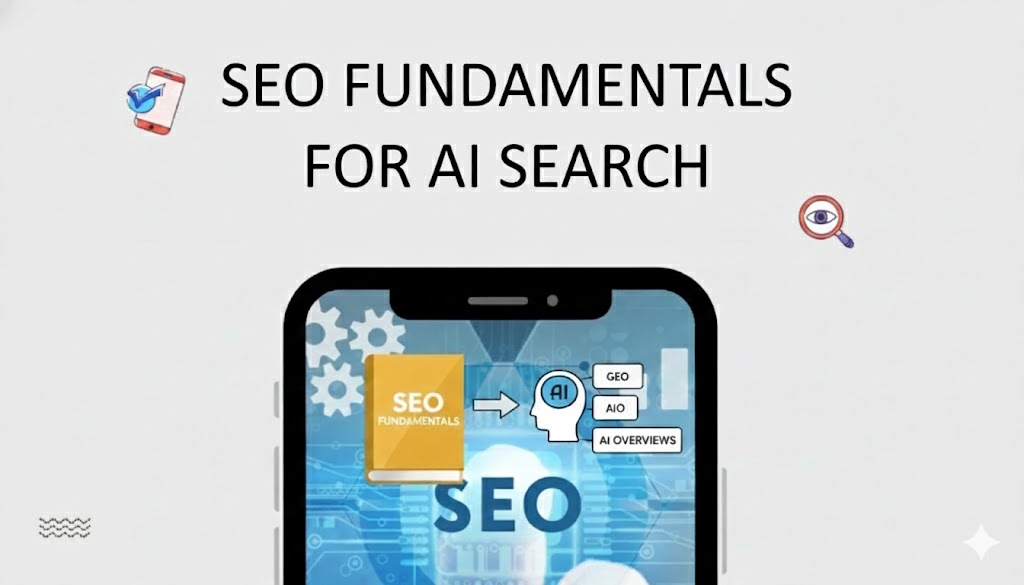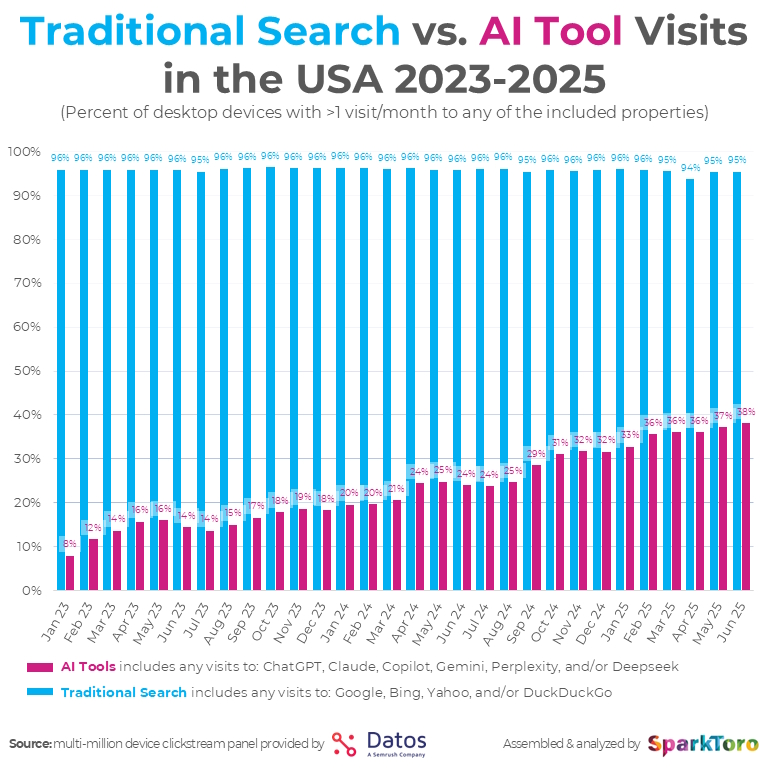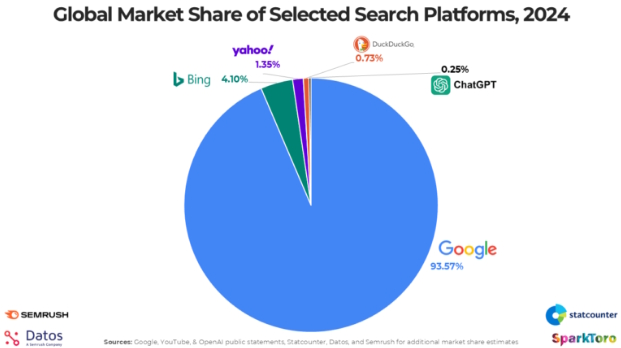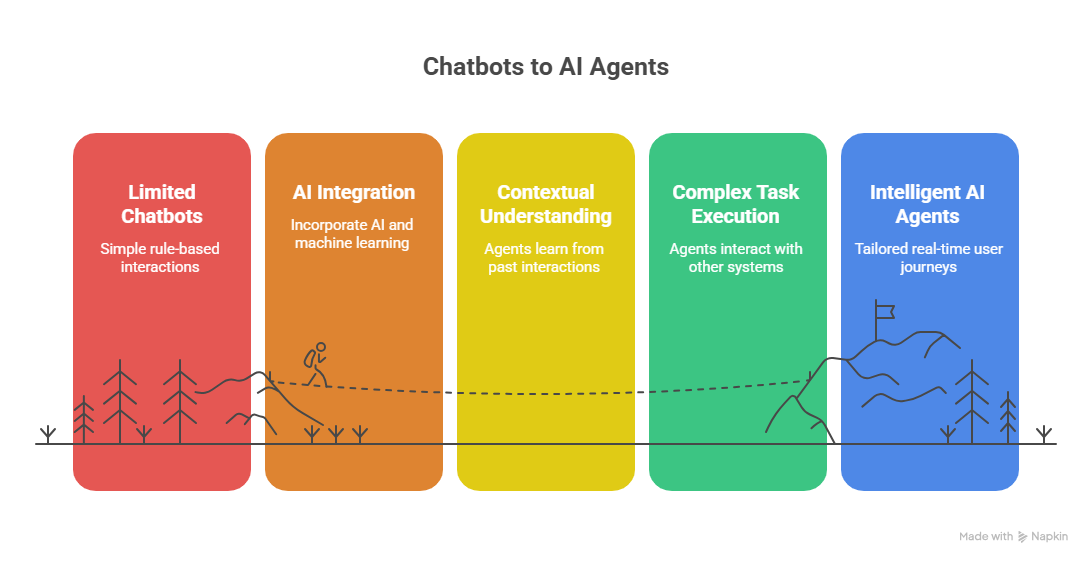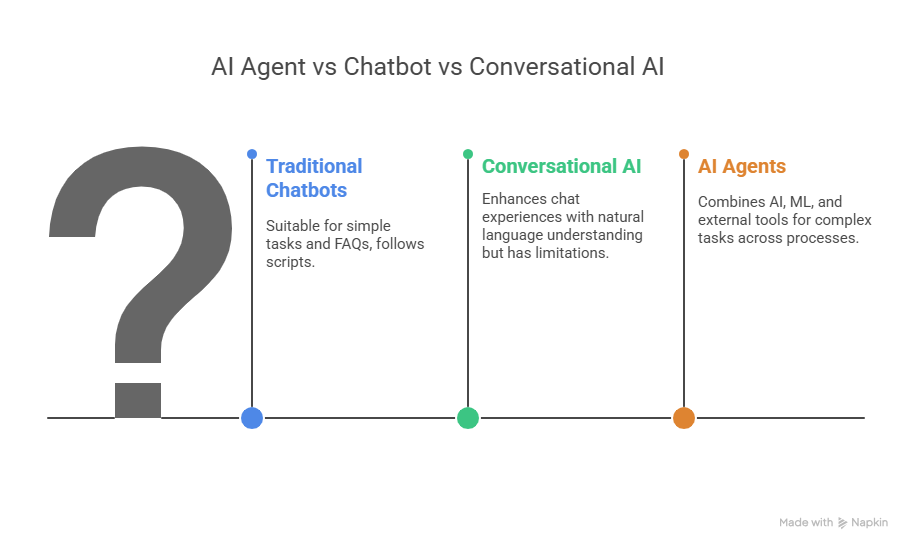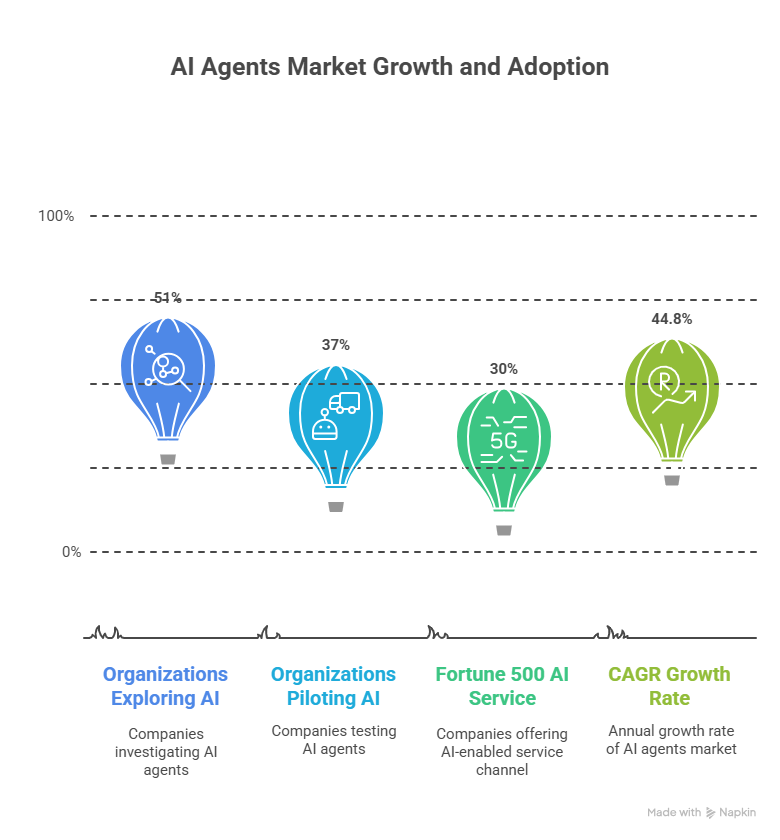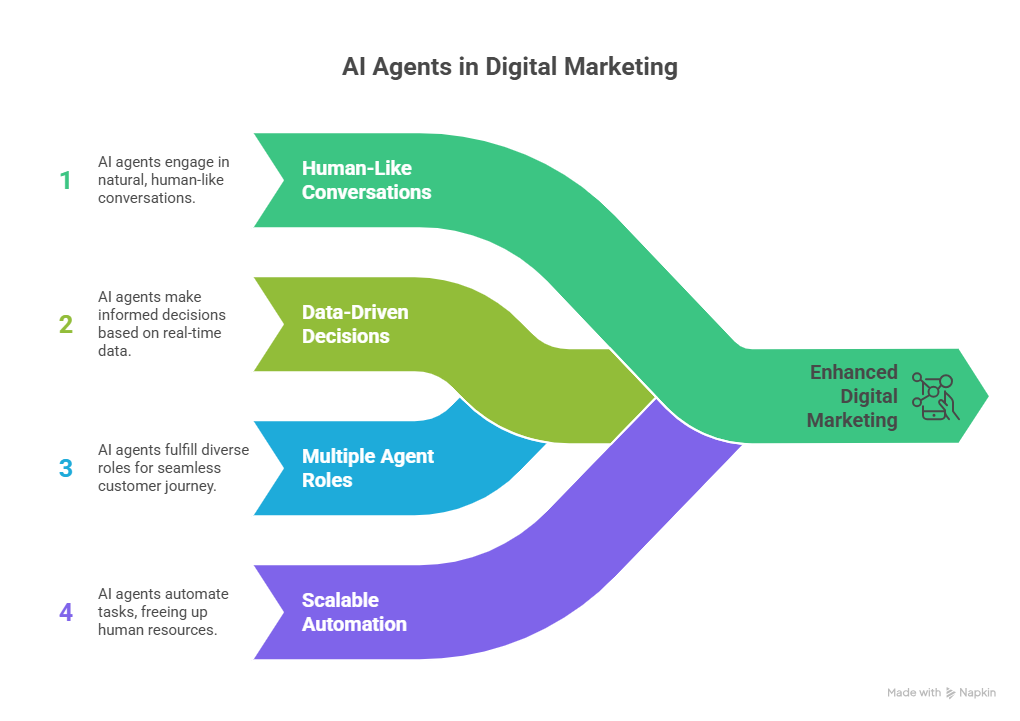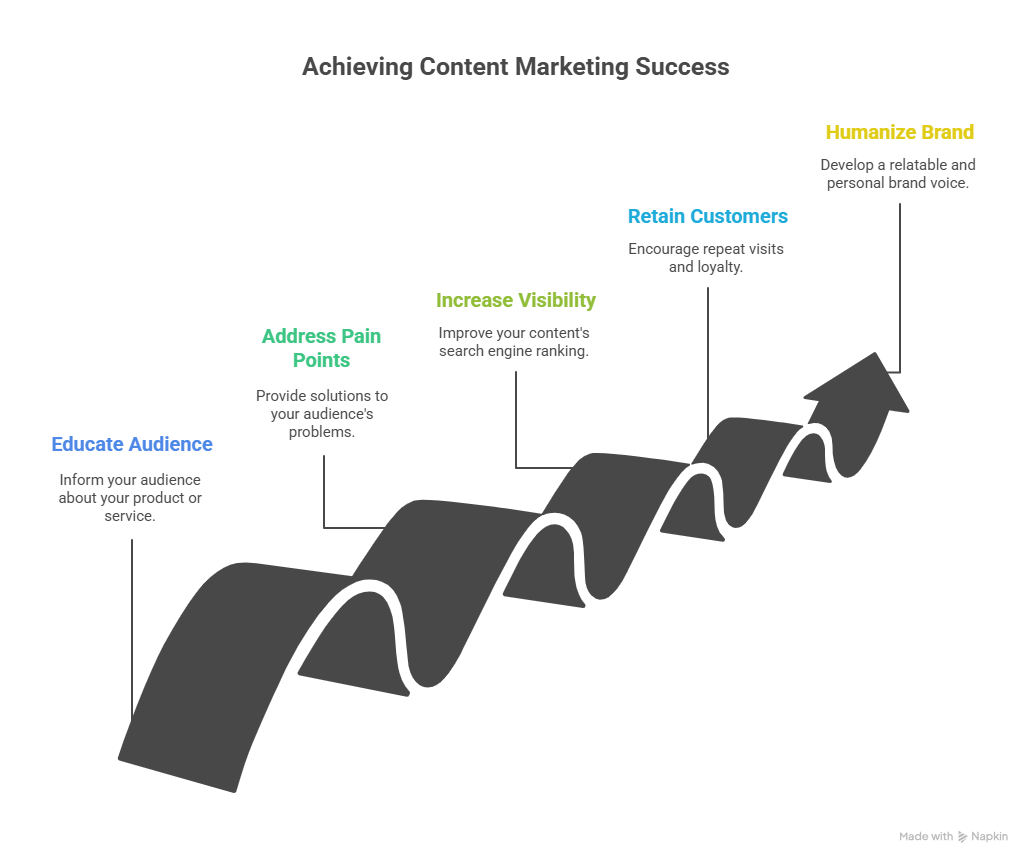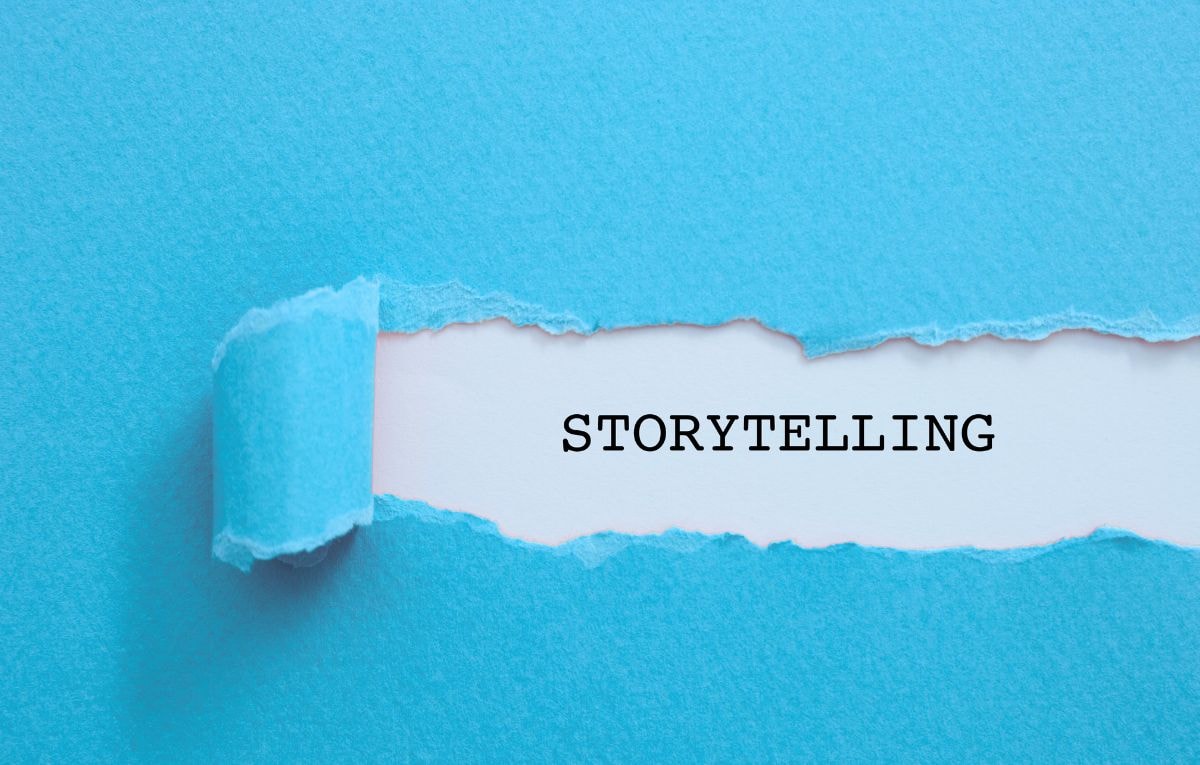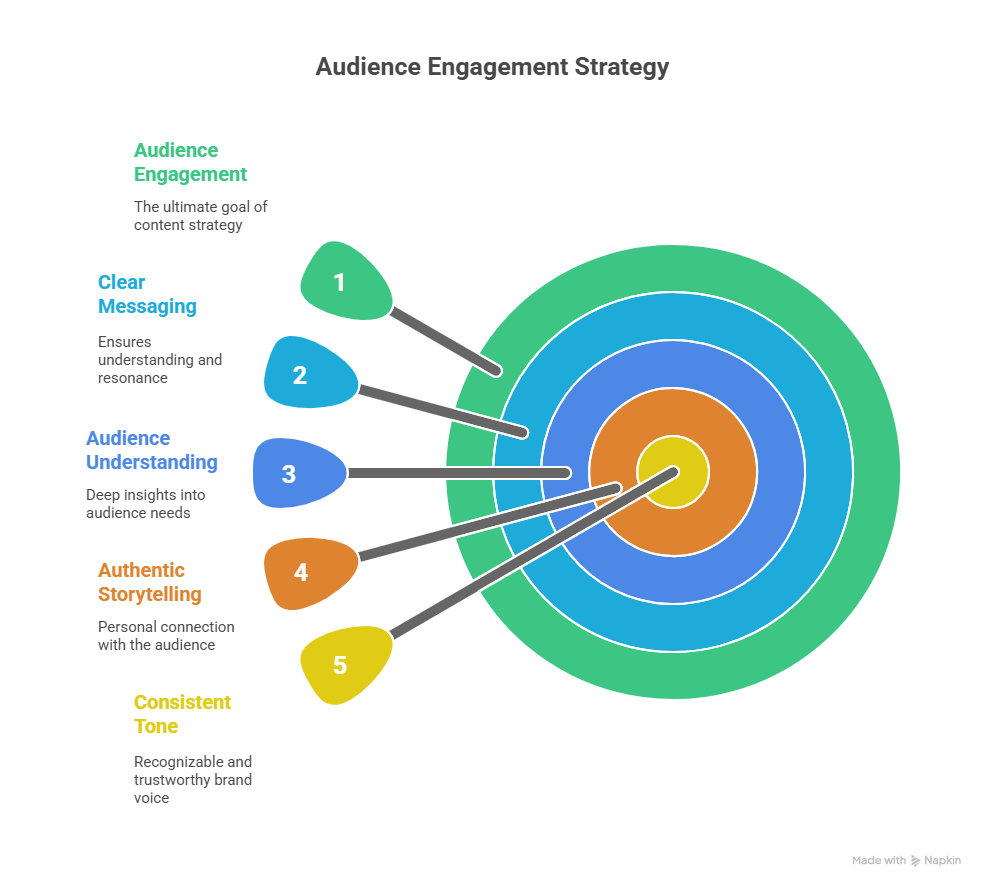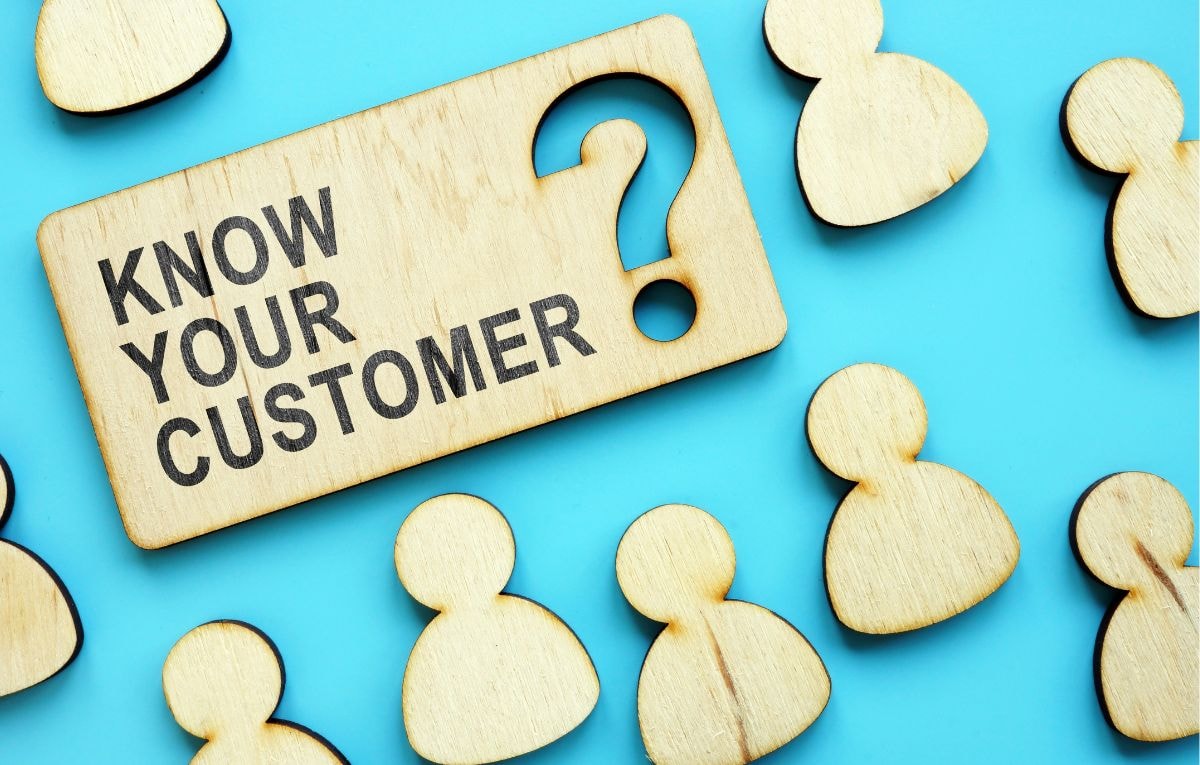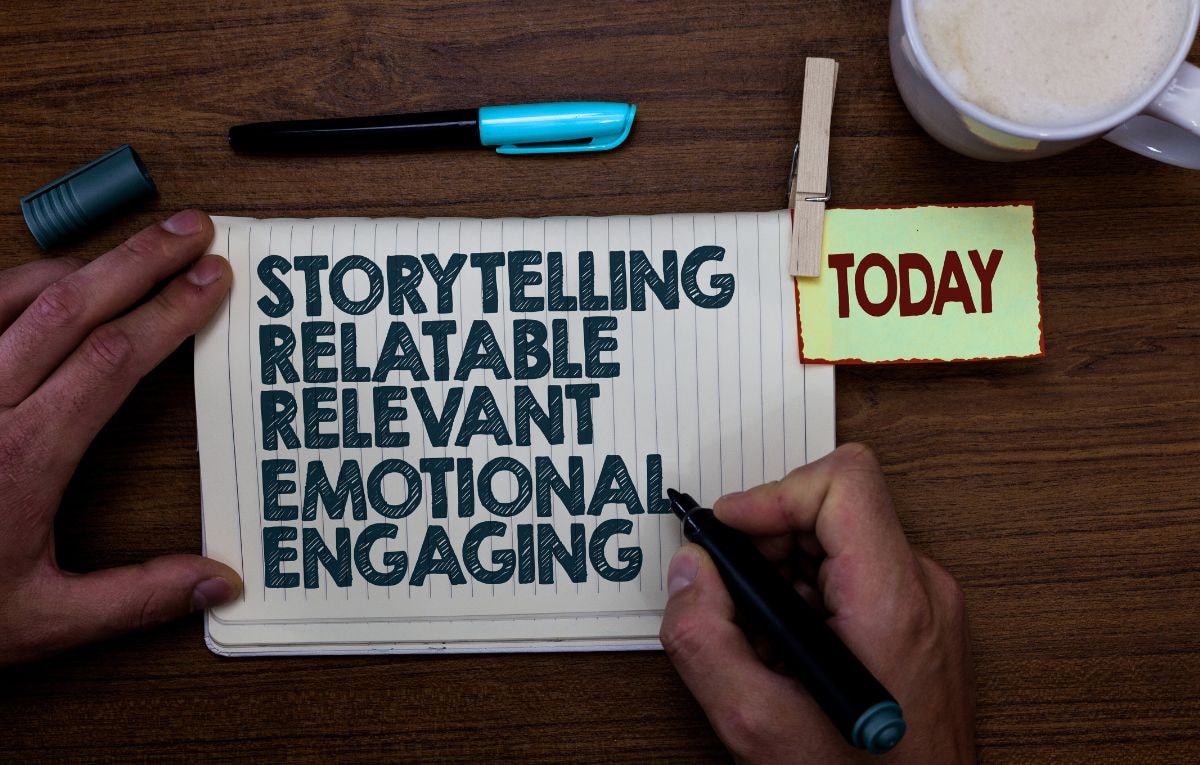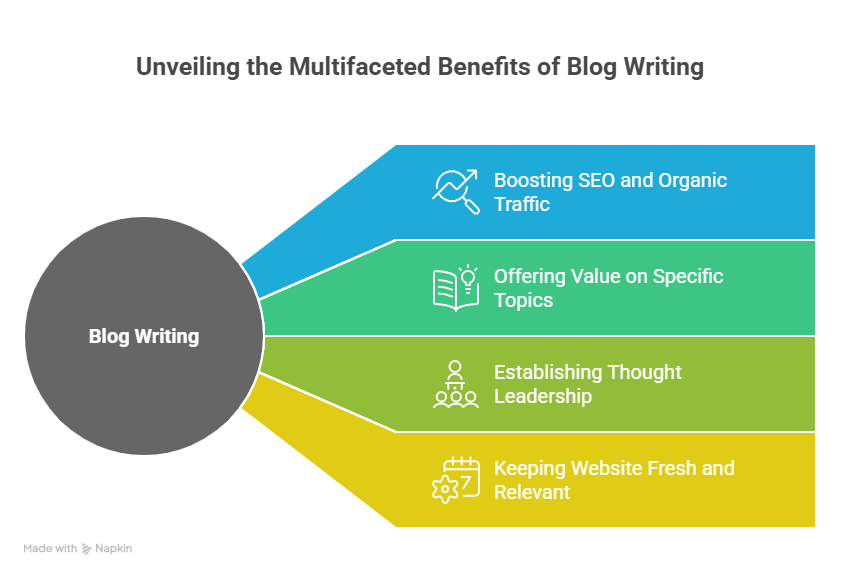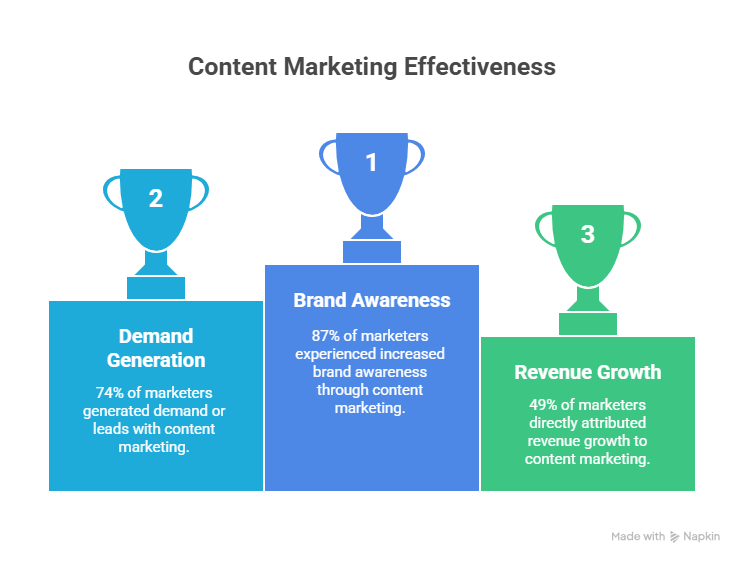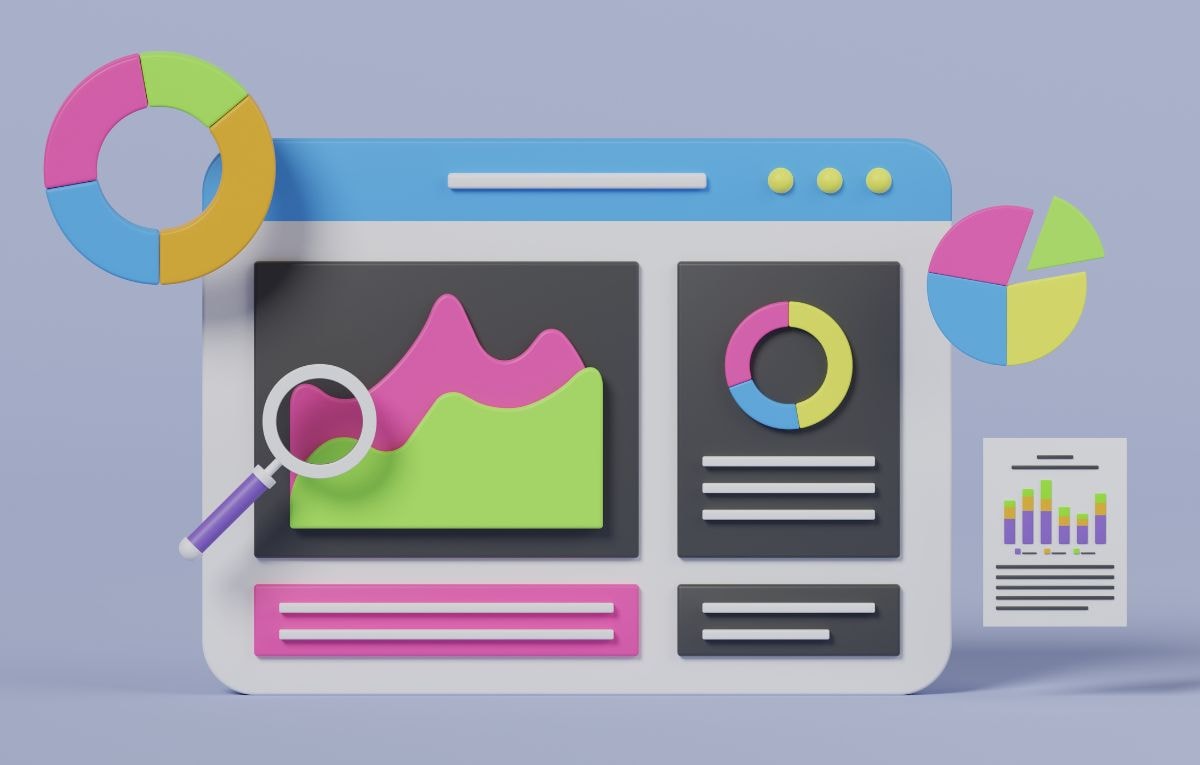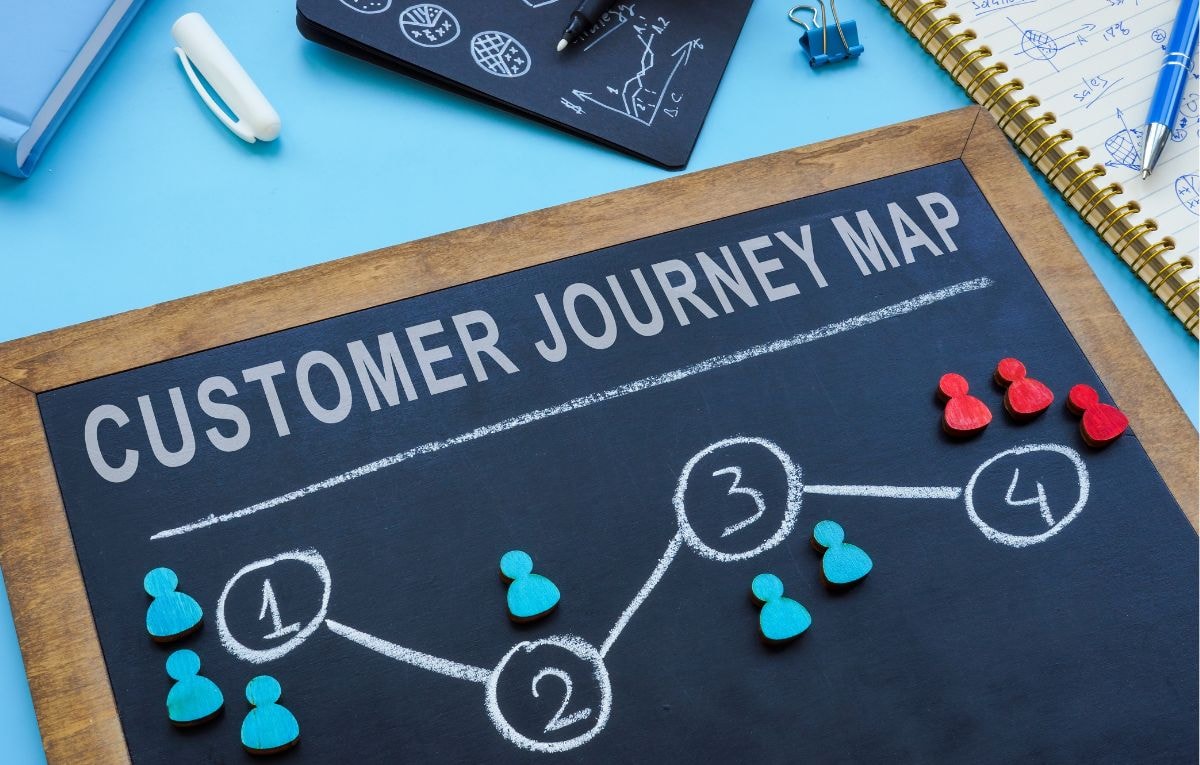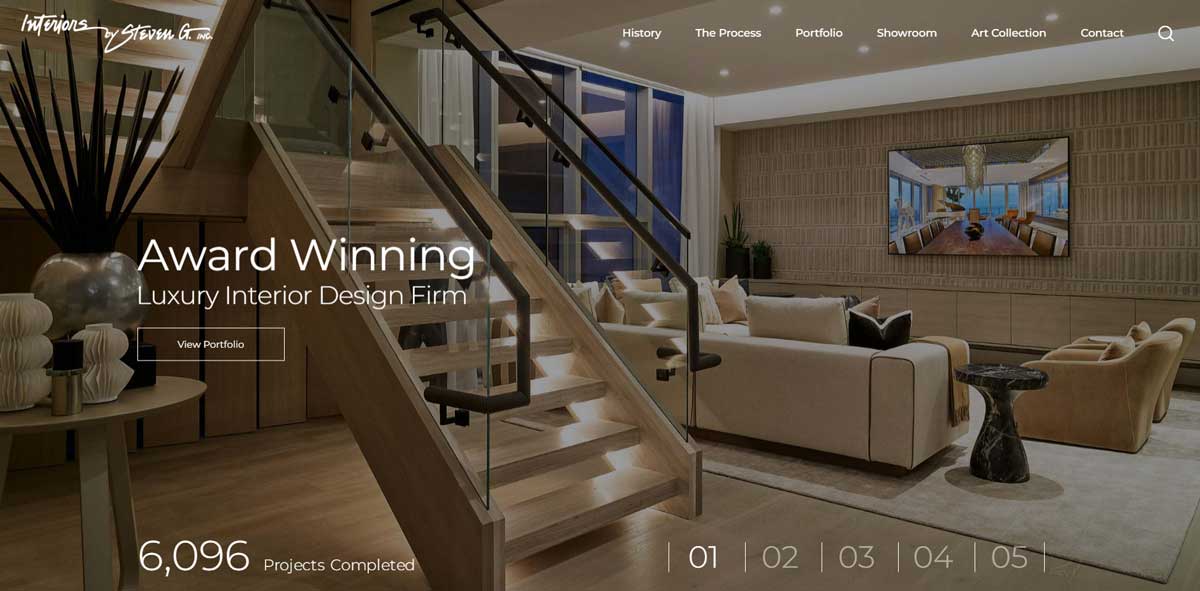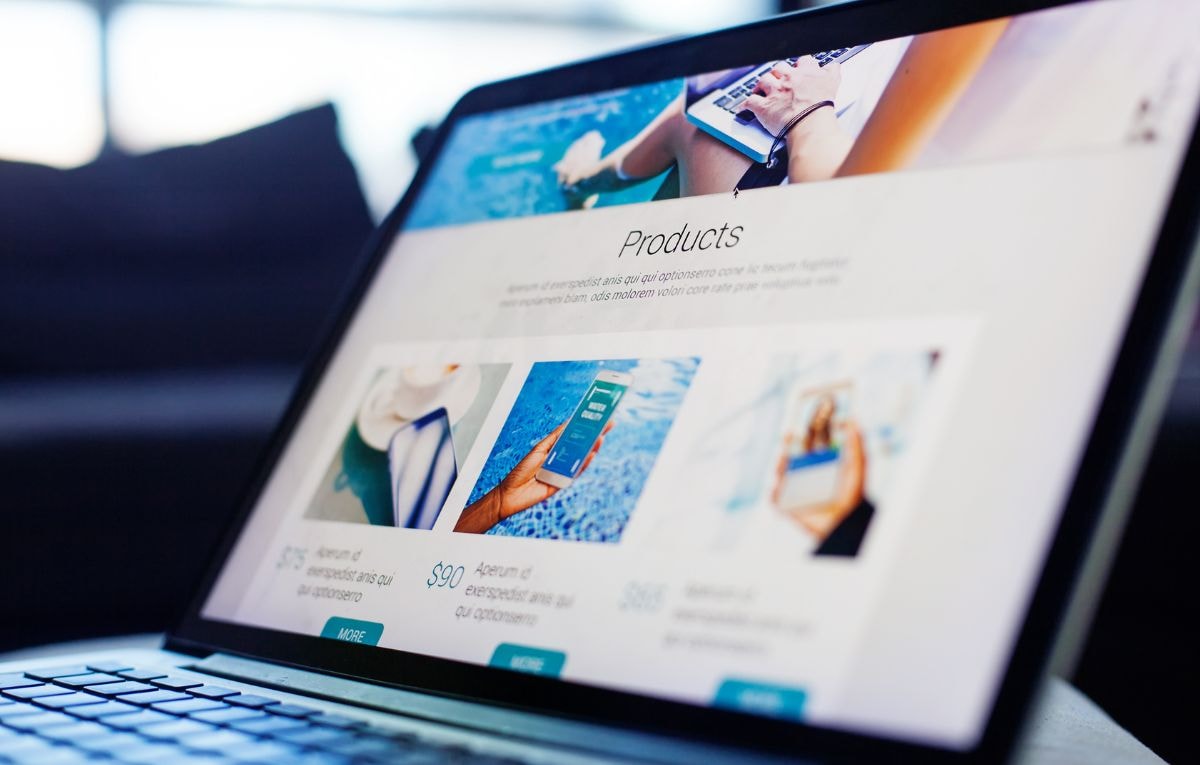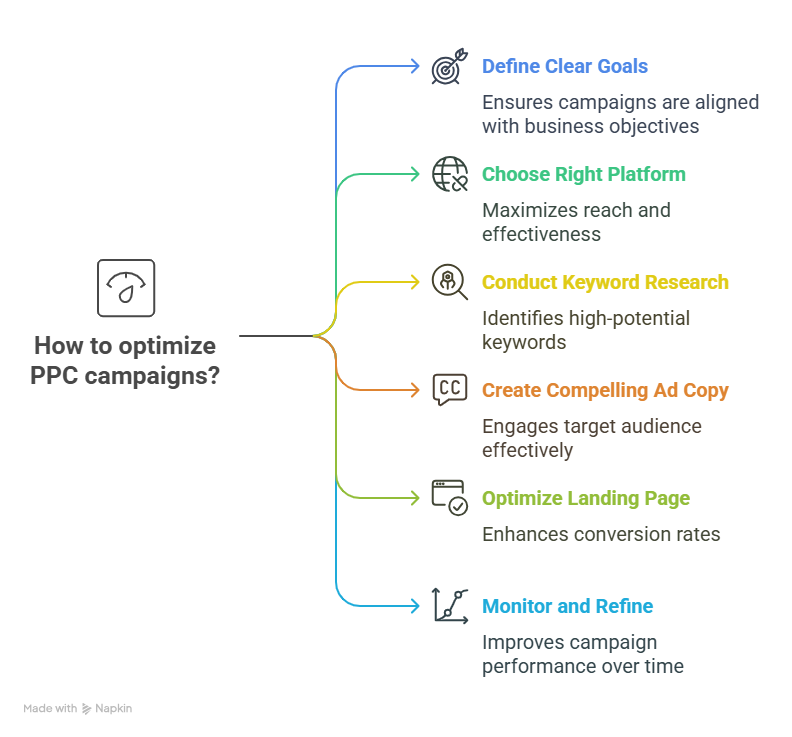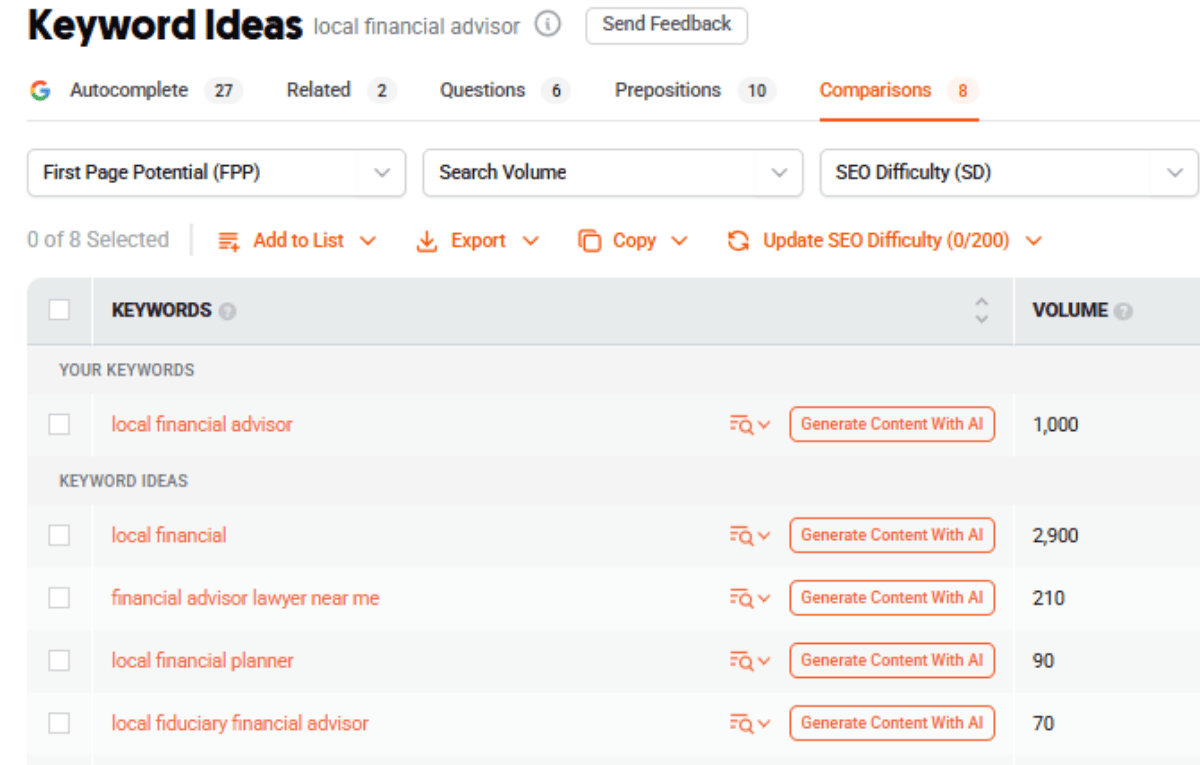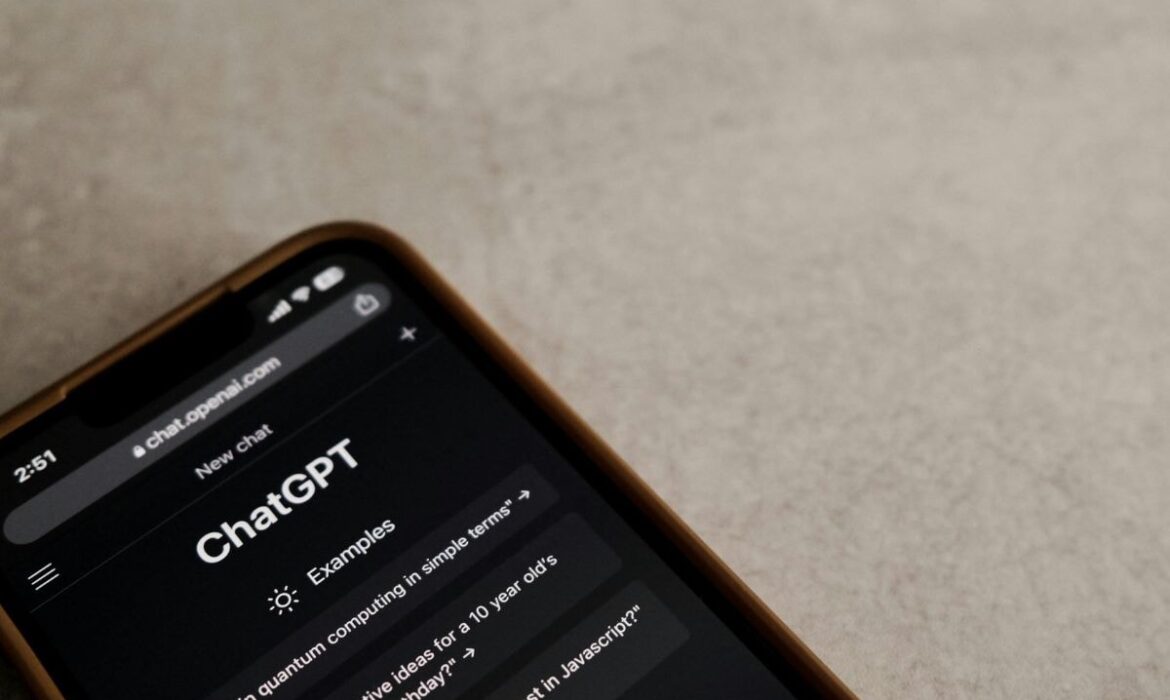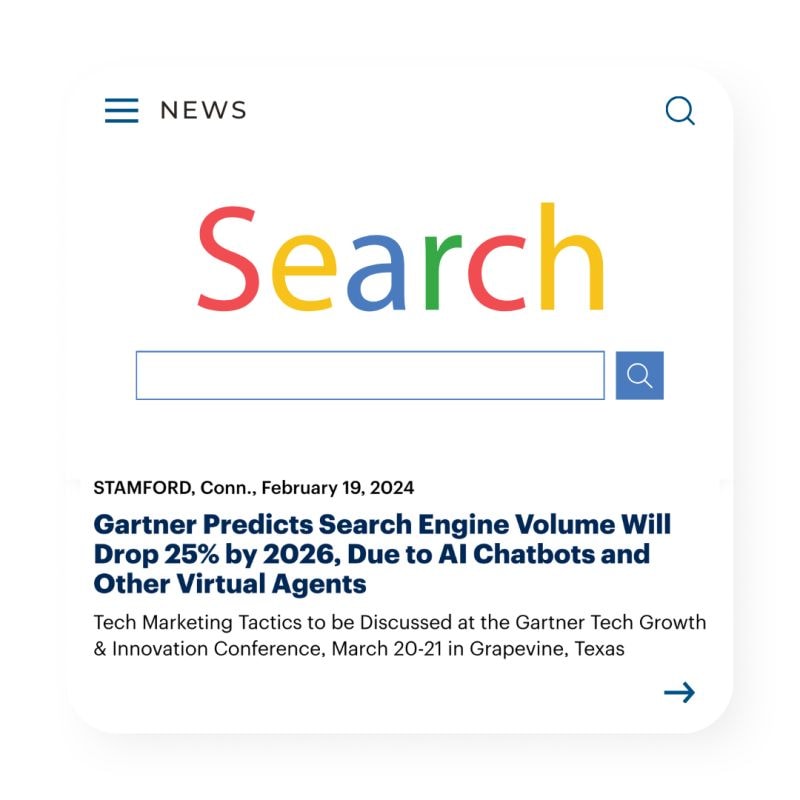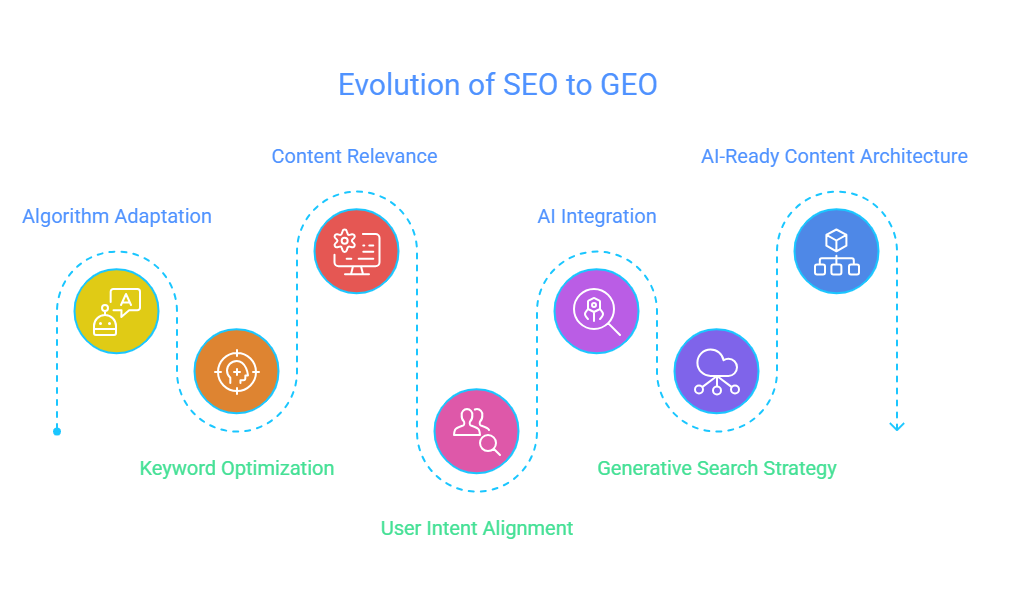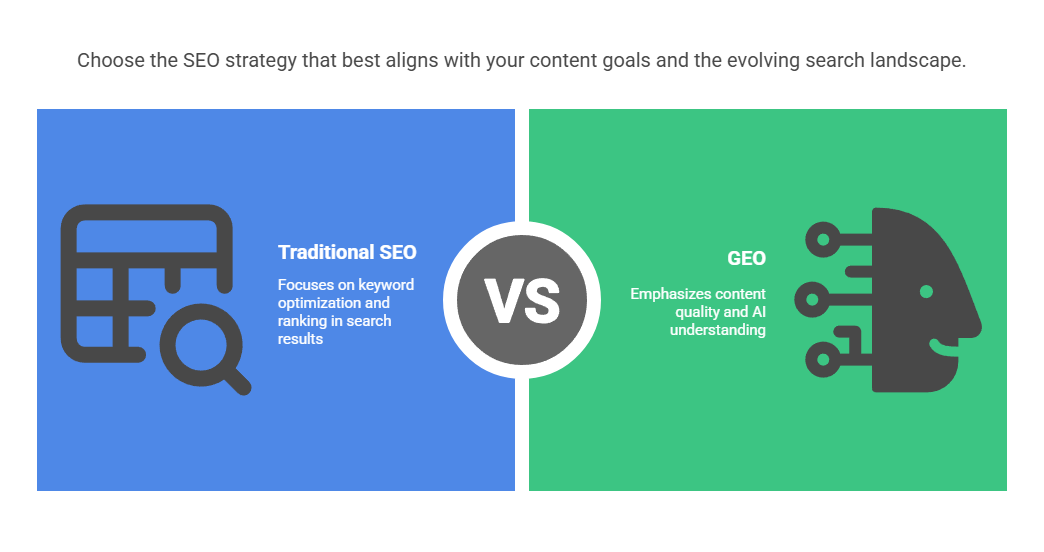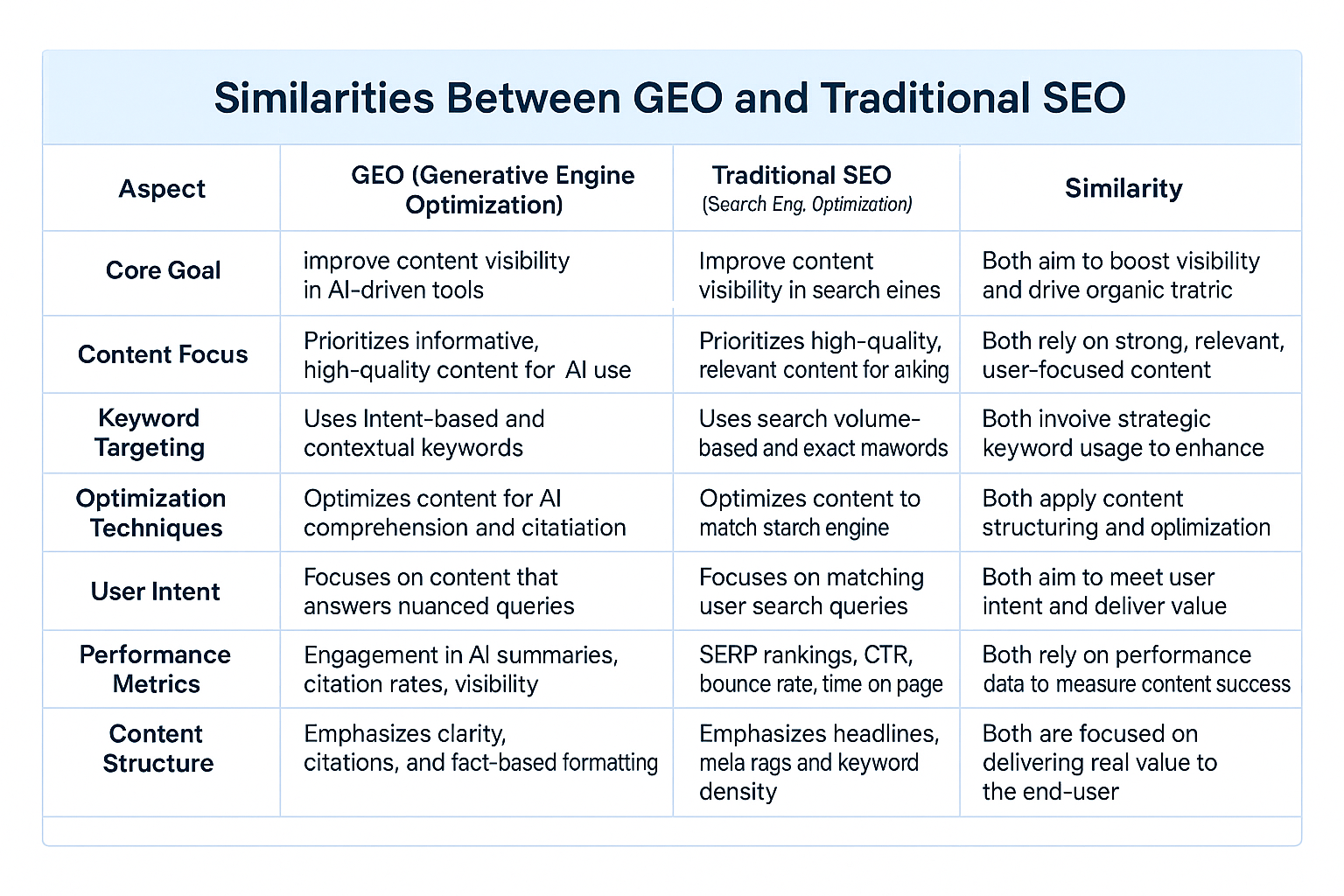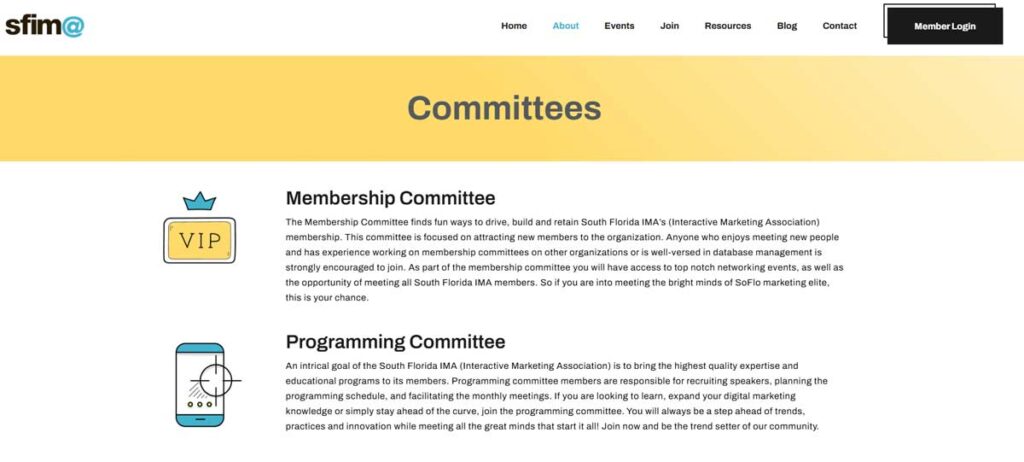Why Interiors by Steven G Chose a Custom Web Design (And Why It Matters)
Your website should never just serve as a placeholder. For premium brands, it’s your digital showroom. The first impression clients experience long before they step into your space. Interiors by Steven G knows this well. Known for creating luxury interiors across South Florida and beyond, they needed more than a template. They needed a site that felt as refined as their work.
Zulu Shack Creative’s Custom Web Design Approach
We began with a simple question: Does your online presence reflect the same attention to detail as your interiors? If not, your brand story is incomplete.
From the start, our goal was clear: craft a website that mirrors the elegance and authority Interiors by Steven G is known for. While we used Elementor as a foundation for flexibility, every detail was customized. This wasn’t about “just making a website.” It was about designing an experience that moves like their brand does. Seamless, confident, and unmistakably premium.
The Design Process: From Concept to Reality
Before any code was written, we spent time in discovery. Our talented designer and specialist in luxury brand websites, Mike Furtado, mapped out goals, studied the brand rhythm, and developed wireframes that set the tone. The look had to capture Steven G’s world: polished, timeless, and immersive. Only after that foundation was perfect did development begin. The Zulu Shack Creative team ensuring everything flowed effortlessly from concept to execution.
Design Details That Make the Difference
- Smooth transitions and animations created with CSS and JavaScript for that “wow, but subtle” feel
- Mobile-first design that delivers the same luxury experience on every device
- Brand consistency in every interaction, from color palettes to hover states
- Content curated with intention, working closely with the client to ensure every word, image, and element aligns for maximum impact
The result, poised, like walking into a perfectly styled interior where everything feels intentional.

Why Custom Web Design Wins for Premium Brands
Here’s the truth: you could choose a template. Many do, and it is great for small businesses or getting started. But for a brand built on craft, legacy and precision, a pre-made theme sends the wrong message.
Custom websites do more than look good—they work harder. They build trust before a word is read, create frictionless navigation, and keep your visual identity airtight across every page. For brands like Interiors by Steven G, that level of control is non-negotiable.
4 Signs You Need a Custom Website
- Your brand speaks luxury, authority, or legacy
- Your website drives real business, not just traffic
- You’d rather lead than look like everyone else
- Size! Your business has grown and is established
Experience the Result
The Interiors by Steven G website was built to reflect what their brand stands for: sophistication, precision, and effortless flow. If your digital presence should carry the same weight as your reputation, it starts with design that’s anything but ordinary.
Frequently Asked Questions
About Interiors by Steven G
1. What is Interiors by Steven G, and what services do they provide?
Interiors by Steven G is South Florida’s leading luxury interior design firm, founded in 1984 in Miami. They offer full-service design for private residences, condominiums, hospitality spaces, restaurants, hotels, and commercial offices. Their 110,000 sq. ft. Pompano Beach showroom houses a team of over 85 professionals, serving clients from Fortune 500 companies to professional athletes and homeowners nationwide.
2. How does Interiors by Steven G personalize the design process?
The firm follows a bespoke approach tailored to each client’s lifestyle, preferences, and budget. Their process includes understanding client needs, creating conceptual designs and renderings, gathering feedback, and executing the final presentation. Clients can also explore curated collections of art, furniture, and lighting through a 360-degree digital showroom experience.
3. What design styles does Interiors by Steven G specialize in?
Their expertise spans a wide range of styles, including Coastal Organic, Contemporary, Modern, Neoclassical, Transitional, Hospitality Contemporary, Hospitality Timeless, and Theme-Inspired designs.
About Zulu Shack Creative and Custom Web Design
1. What custom web solutions does Zulu Shack Creative offer?
Zulu Shack Creative specializes in fully custom website design and development for brands that value precision and strategy. Our services include creating portals, dashboards, advanced API integrations, and scalable digital solutions using technologies like .NET, Laravel, and WordPress. We design sites that balance functionality, creativity, and brand identity.
2. Why should premium brands choose custom web design instead of templates?
Premium website design gives brands complete control over their digital presence, ensuring seamless integration of brand elements, unique features, optimized performance, and a superior user experience. Unlike templates, custom websites allow businesses to stand out, maintain brand consistency, and scale as they grow. This is critical for brands that prioritize reputation and client trust.
3. What are the costs and long-term benefits of a custom website?
Costs vary based on complexity and scope. Small businesses may spend $2,500–$30,000+, while enterprise-level projects can exceed $50,000. Ongoing maintenance and updates add recurring costs. However, this investment provides significant ROI by improving brand perception, user experience, and long-term scalability advantages that templates simply can’t match.
